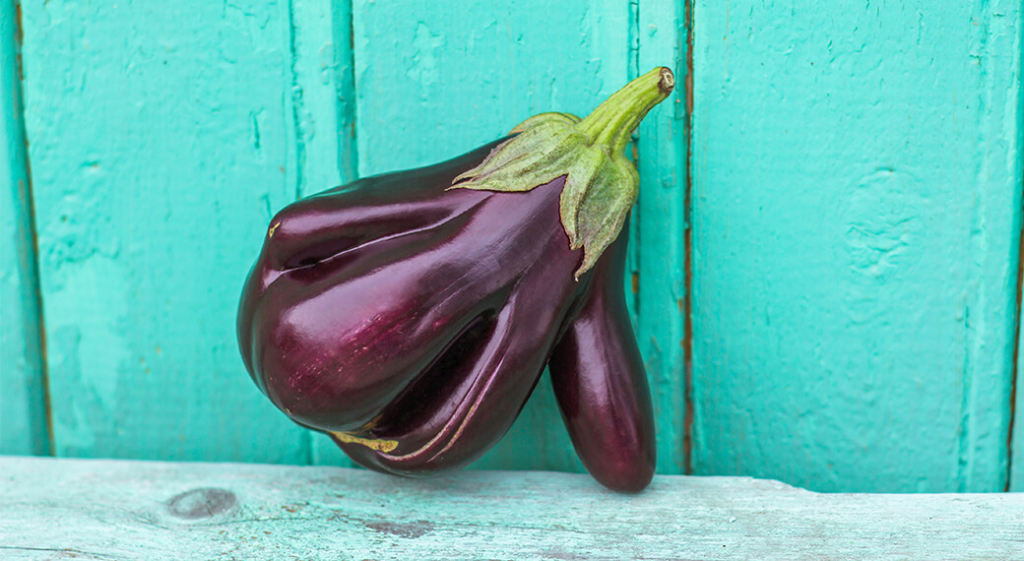In grocery stores, perfectly shaped, blemish-free fruits and vegetables dominate the produce aisle, while others are discarded for purely aesthetic reasons. However, consumers, the foodservice industry, and celebrity chefs like Massimo Bottura, Dan Barber, and Jamie Oliver have begun to challenge this wasteful practice by embracing the beauty of “ugly produce.”
In this article, we explain the ins and outs of ugly produce and how our standards for perfect-looking produce developed within the United States. Then, we offer advice on how grocery stores can bring in additional profits while combating food waste, by selling ugly produce.
What Is Ugly Produce?
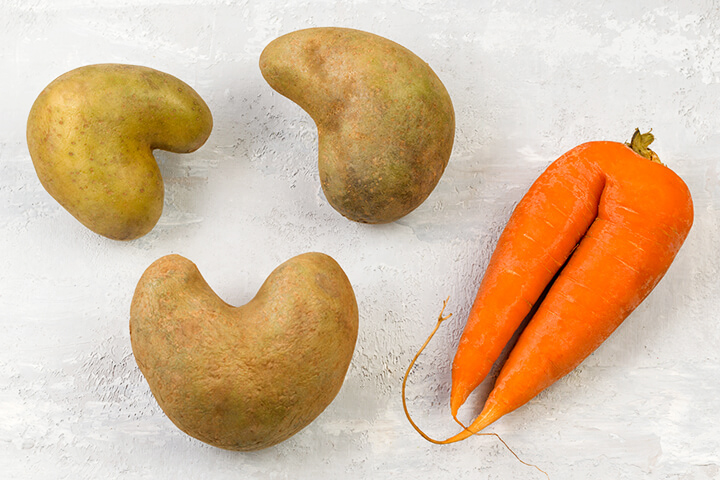
Ugly produce refers to fruits and vegetables that are perfectly edible, but may not meet the cosmetic standards of grocery stores due to their size, shape, or appearance. These “imperfect” fruits and vegetables are often discarded by farmers, distributors, and grocery stores, leading to significant food waste.
Produce deemed imperfect and consequently thrown out tend to have unusual shapes, unusual sizes, blemishes, scars, and color variations. While these cosmetic imperfections might make them look less appealing on the shelf, they are just as delicious and nutritious as their “perfect” counterparts.
Why Do Our Current Cosmetic Standards Exist?
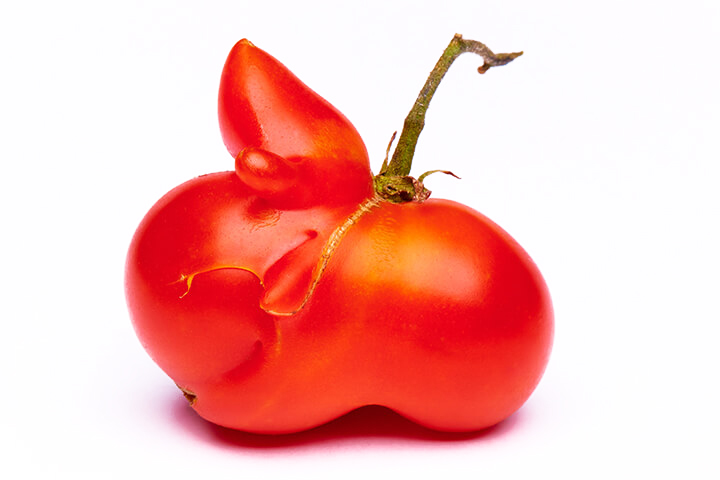
Cosmetic standards for produce in the US developed over time due to a combination of technological and cultural factors. For example, in the 20th century, the advent of advanced grading and sorting machinery made it much easier to provide cosmetic uniformity.
In the latter part of the 20th century, the emergence of supermarkets added a new layer to the equation. These retail giants placed a heightened emphasis on flawless aesthetics to lure in customers. While the emphasis on aesthetics bore no direct correlation to taste or nutritional value, consumers were conditioned to falsely associate perfect appearance with superior quality and freshness. Simultaneously, supermarkets found it more convenient to showcase and market produce that met these exacting standards.
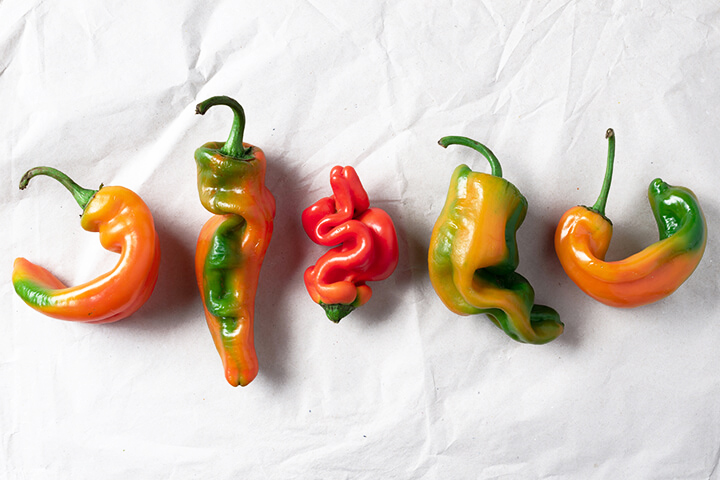
The USDA also plays a part in setting aesthetic standards. The USDA has long been committed to ensuring the quality and safety of our produce. Interestingly, cosmetic criteria such as size and shape also took precedence, even though these characteristics do not correlate to flavor or nutrition. Their emphasis on uniformity may have been set for practical purposes, such as facilitating a more efficient packaging and transportation process. However, with climate change, food waste, and food insecurity at the forefront of many minds, we’ve outgrown the simple pragmatics of uniformity and need to focus on the bigger, more complex, picture.
Next, we’ll explain how redirecting our focus to prioritize nutritional content and taste over appearance is incredibly beneficial in addressing some of the challenges that currently confront our modern society.
Ugly Produce Benefits Everyone
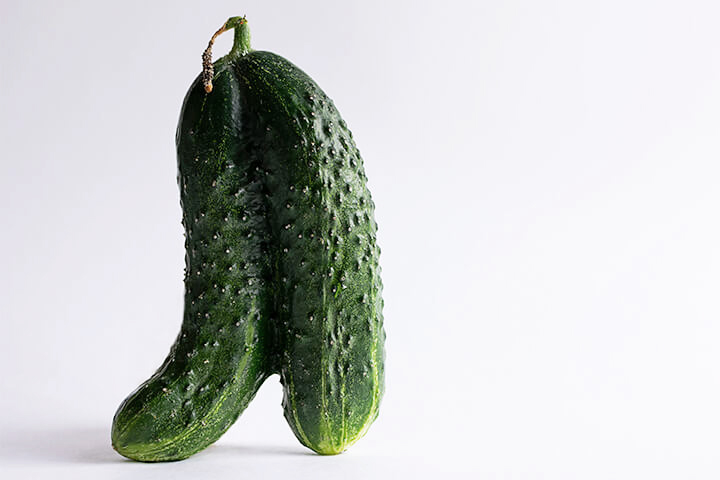
Approximately 1 out of 5 fruits or vegetables are discarded due to cosmetic standards, which end up in landfills, greatly contributing to greenhouse gas emissions. Throwing produce out for cosmetic reasons is also wasteful due to the amount of people who live in food deserts or people living with food insecurity.
Selling ugly produce in grocery stores is a way to address the complex issue of food waste. By offering these “imperfect” fruits and vegetables at discounted prices, grocery stores can make healthy food more affordable for consumers and reduce the amount of food that is discarded. Additionally, selling ugly produce can help to raise awareness about the problem of food waste and encourage consumers to be more mindful of their own food choices. Buying ugly produce is also an attractive option for people who want to support farmers committed to sustainable agricultural practices.
How Grocery Stores Market Ugly Produce
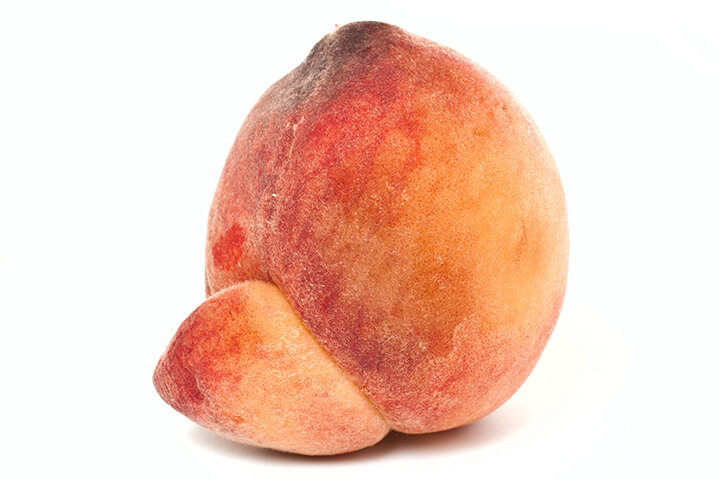
To effectively sell ugly produce, grocery stores need to implement strategies that address cosmetic issues, consumer perception, as well as people’s general resistance to change. While the demand for ugly produce is growing, it still lags far behind regular produce. Grocery stores will need to invest in marketing and education to generate interest among customers and help them feel comfortable purchasing odd-looking produce.
For instance, ugly fruits and vegetables will need their own dedicated, clearly labeled section in the produce aisle. And to make consumers comfortable, the ugly section will need a wealth of fun, educational signage. The educational campaign should address the basics of ugly food, nutritional content, the impact of food waste, and highlight the cost savings to the consumer. Using social media to educate consumers is also useful, as is presenting cooking demonstrations that feature ugly vegetables. If your supplier is a farm or non-profit, educate consumers about where their food came from. It’s is a fun way to support farms and encourage people to think about the realities of the foodservice supply chain.
An Opportunity for Profit
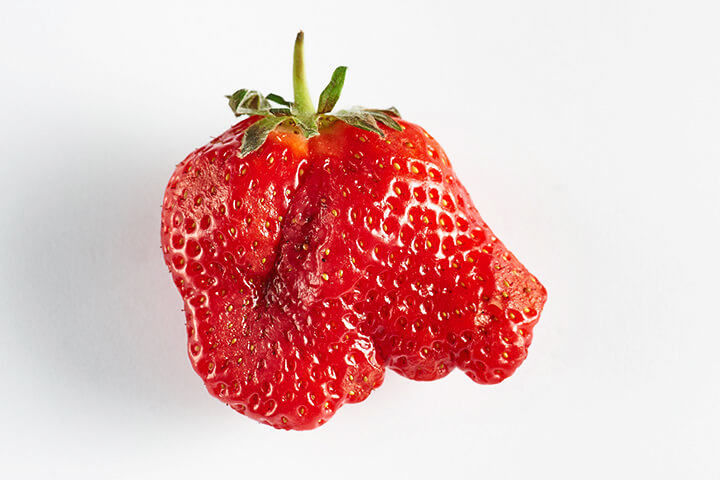
Data suggests that grocery stores generate an additional 5‒10% in profits by selling ugly produce. However, some successful initiatives have reported even higher gains. For example, Imperfect Foods, a company specializing in ugly produce claims to have reduced food waste by 33% and generated $250 million in revenue in 2021.
However, profiting from ugly produce may be contingent on several factors. The amount of ugly produce available may vary depending on the season and the terms set with your supplier. Grocery stores will need a consistent supply to maintain profitability. Ugly produce also requires sourcing from specific farms or food rescue organizations, which could incur additional transportation costs compared to traditional suppliers.
Overall, selling ugly produce can be a profitable venture for grocery stores. But like any new project, it requires careful planning, execution, and a commitment to sustainability and reducing food waste.
Delicious, Nutritious Imperfection
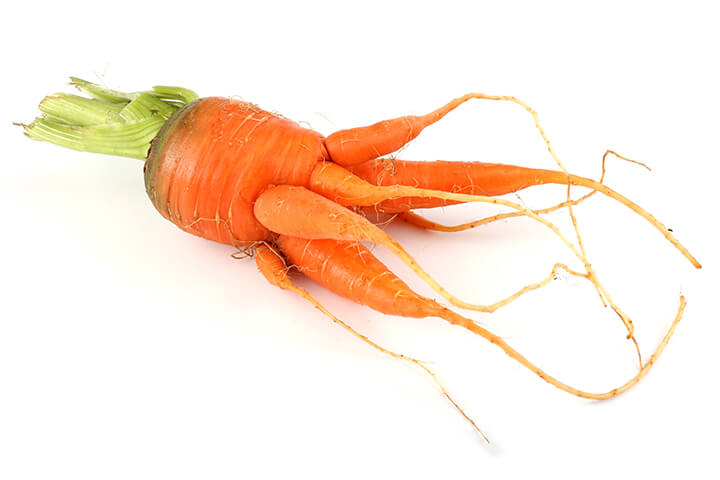
Embracing the beauty of imperfection by making ugly produce a staple in our grocery stores contributes to a healthier society and planet. Shifting towards a more sustainable food system requires collaboration between farmers, supermarkets, and consumers. With a dedicated effort, grocery stores can help challenge the status quo to everyone’s benefit. What is your take on ugly produce? Let us know in the comment section!

